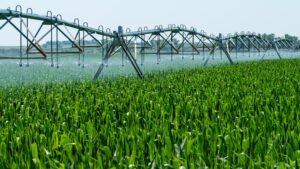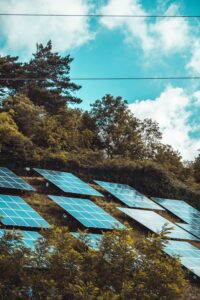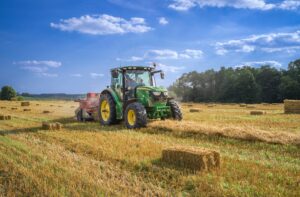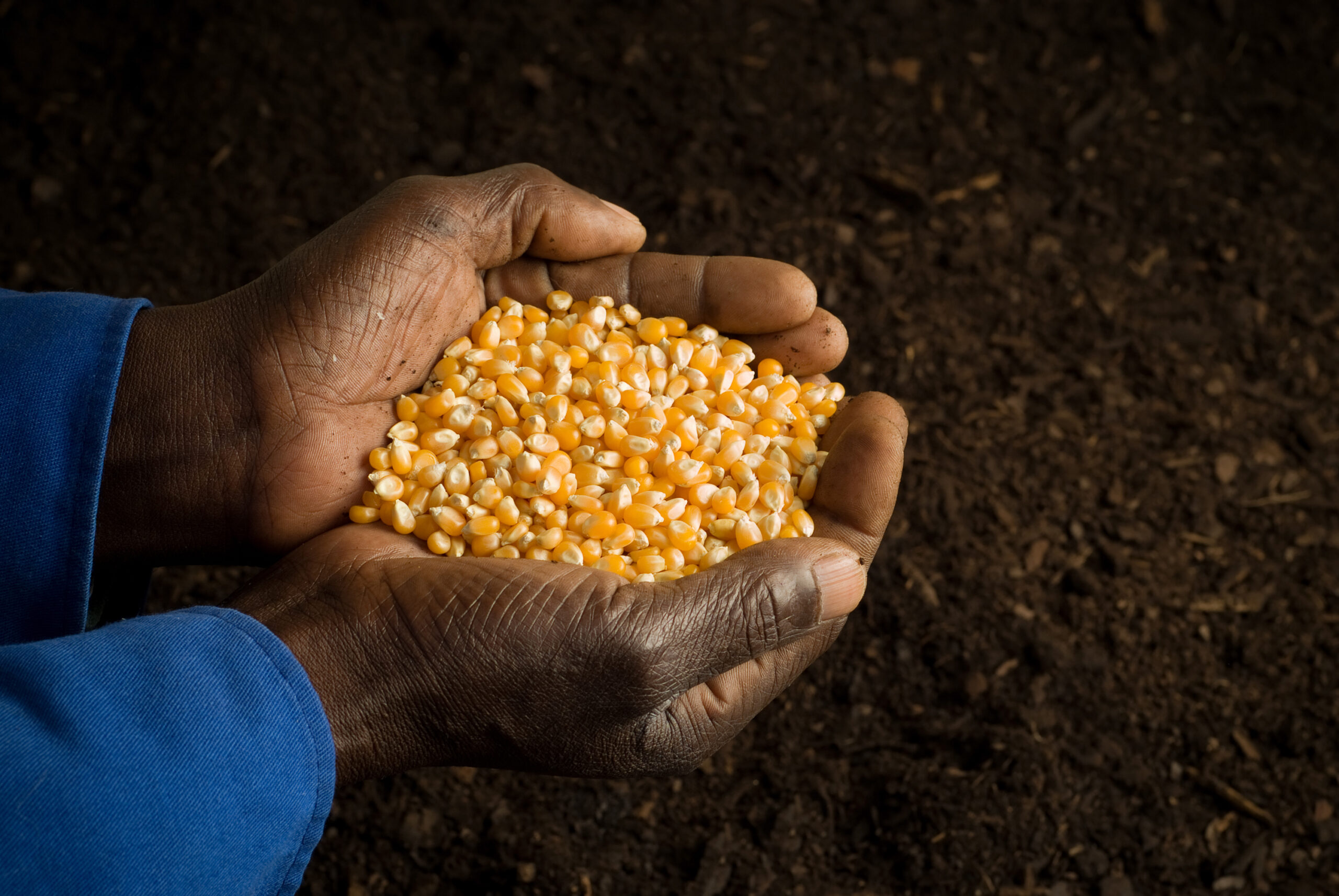Advancing agriculture through green energy
Loadshedding is crippling the food value chain. If it were not for the ingenuity of South African farmers who make alternative green energy plans, the entire agricultural sector and the 800 000 jobs it provides would be under much more pressure than it currently is.
Energy is required at each step of food production. Janse Rabie, Legal and Policy Executive at Agri SA, explains that the entire value chain is dependent on energy, whether for cooling purposes, irrigation, or to regulate the temperature in poultry breeding cages.
Between January and September 2022, loadshedding more than doubled compared to the same period in 2021. Agri SA reported that, as a result, the agricultural sector lost more than R23 billion during the nine months under review.
Farmers had no choice but to implement alternative renewable energy schemes to sustain the sector in 2023.

Energy is required at each step of food production, whether it’s for irrigation, cooling purposes, or to regulate the temperature in poultry breeding cages. –
Credit: UNSPLASH.COM
“The agricultural sector took the lead in many instances and had to start making their own plans with self-generated solar power and wind power energy. The use of solar power increased especially,” says Rabie.
In February, Agri SA predicted that elevated levels of loadshedding would lead to a catastrophe in agriculture, disrupting farming operations, not only in terms of periods of non-production, but also as a result of equipment being damaged due to power failures – or the power surges that often occur thereafter. This would lead to the cost of food production increasing as farmers would be forced to irrigate at peak prices; and labour costs would soar due to irregular work hours based on loadshedding schedules.
At the same time, meat producers would be unable to pump water for their cattle or to slaughter and process their livestock and poultry. Agro-processing and retail would also suffer as packing and cooling operations fail. The result of all this for food affordability and availability could be devastating.
Innovative funding
Although the sector excelled under the circumstances and managed to avoid this doomsday situation – even becoming the fastest growing sector of the economy in the second quarter – farmers are not out of the woods, says Rabie.
For as long as Eskom implements high levels of loadshedding, there will be enormous pressure on farmers to maintain their outputs and feed the nation.
One small consolation is the Agro Energy Fund: a blended finance programme established in partnership with the Department of Agriculture, Land Reform and Rural Development last year. “It’s a grant of R500k, R1 million or R1.5 million for small-, medium- and large-scale farmers respectively, which is a positive step by Government,” says Rabie.

Green energy schemes, like solar or wind farms, are extremely cost-effective. Credit: UNSPLASH.COM
In another welcome turn of events, Rabie recalls how, in 2022, President Cyril Ramaphosa “went against Eskom’s and the Minister of Energy and Mineral Resources’ plans” by allowing citizens to generate 100 kW of energy without needing a licence. “There are still certain requirements, but they are not as strict,” he says.
As a result of the relaxing of these regulations, Agri SA has since seen increased green energy infrastructure on farms.
Pros and cons of green energy
It’s no secret that green energy schemes, like solar or wind farms, are usually extremely cost effective.
But it goes even further in agriculture, says Rabie: “You are not only saving on your Eskom electricity bill. You are also boosting your disposable income. If you are an energy-dependent farmer and you need to, say, use cooling facilities… If you can’t do that, and you lose your harvest, the sum is so skewed that you can hardly quantify the loss. To lose an entire crop due to the fact that you could not cool or couldn’t process – that sum is incalculable.”
Then there’s global warming. ESI Africa quotes estimates saying that land-use alterations, forestry, agriculture, and associated activities account for a startling share of more than one-quarter of global greenhouse gas emissions.
A green agricultural sector can help combat the effects of global warming. Biomass conversion methods, and geothermal, hydroelectric, solar, and wind power can produce electricity for heating, lighting, and fuel for use on farms.
Nevertheless, considering all the benefits of green energy, it’s still not an easy, clear-cut solution for everyone.
Chris Schutte, director of green power company Sonfin, explains that a large-scale farmer would be able to finance a solar system, “and with his savings from Eskom, pay off the system within three years”. But, he says, solar systems can’t work on their own. “They need a power source. Solar panels can’t power a system all by themselves. If they are not powered by Eskom (as is the case during loadshedding), they must be powered by a generator or a battery. And these alternative power sources are only connected to one power point at a time, whereas farmers have several power points on their farms.
For farmers to get off the grid entirely, they need to rewire the farm’s entire electricity network so the generator or battery feeds into all the different power points. These changes are very costly, says Schutte.
Biting the hand that feeds you
According to Schutte, farmers are not yet getting the necessary support from Eskom to relieve loadshedding in areas where they contribute to the national grid. “These farmers depend on daylight, but in areas like Kakamas in the Northern Cape, where almost 50% of the entire town’s electricity is supplied by adjacent farmers, Eskom refuses to implement loadshedding only at night,” says Schutte.

A green agricultural sector can help combat the effects of global warming. – Credit: UNSPLASH.COM
“It’s much more difficult for small-scale farmers to make their farms more sustainable with renewable energy, as the cost of generators and batteries is still too high. That’s why we need Eskom to only loadshed during the night, so that farmers have the opportunity to implement grid-tied solar systems and generate their own energy and feed any extra energy back into the national grid.”
Furthermore, Rabie notes that there’s also an important question about “sacrificing” parcels of fertile soil for green energy farms. “It’s complex. Remember, solar is not only a few panels in the field. You need infrastructure and access routes – and maintaining infrastructure isn’t cheap.” There’s also the question about water and how much water reserved for agriculture could be used for cleaning the solar panels and turbine blades.
However, it’s safe to say that green energy is the best solution to boost agriculture for those who can afford it.
Related Articles
Climate change, hunger and South Africa’s future
A new climate change impact synthesis report highlights the effects of climate change on South Africa and its impact on people’s lives.
The impact of climate change on our agricultural system
Climate change is impacting agriculture, farmers’ livelihoods and the price of our food. Action is essential to safeguard food security.




